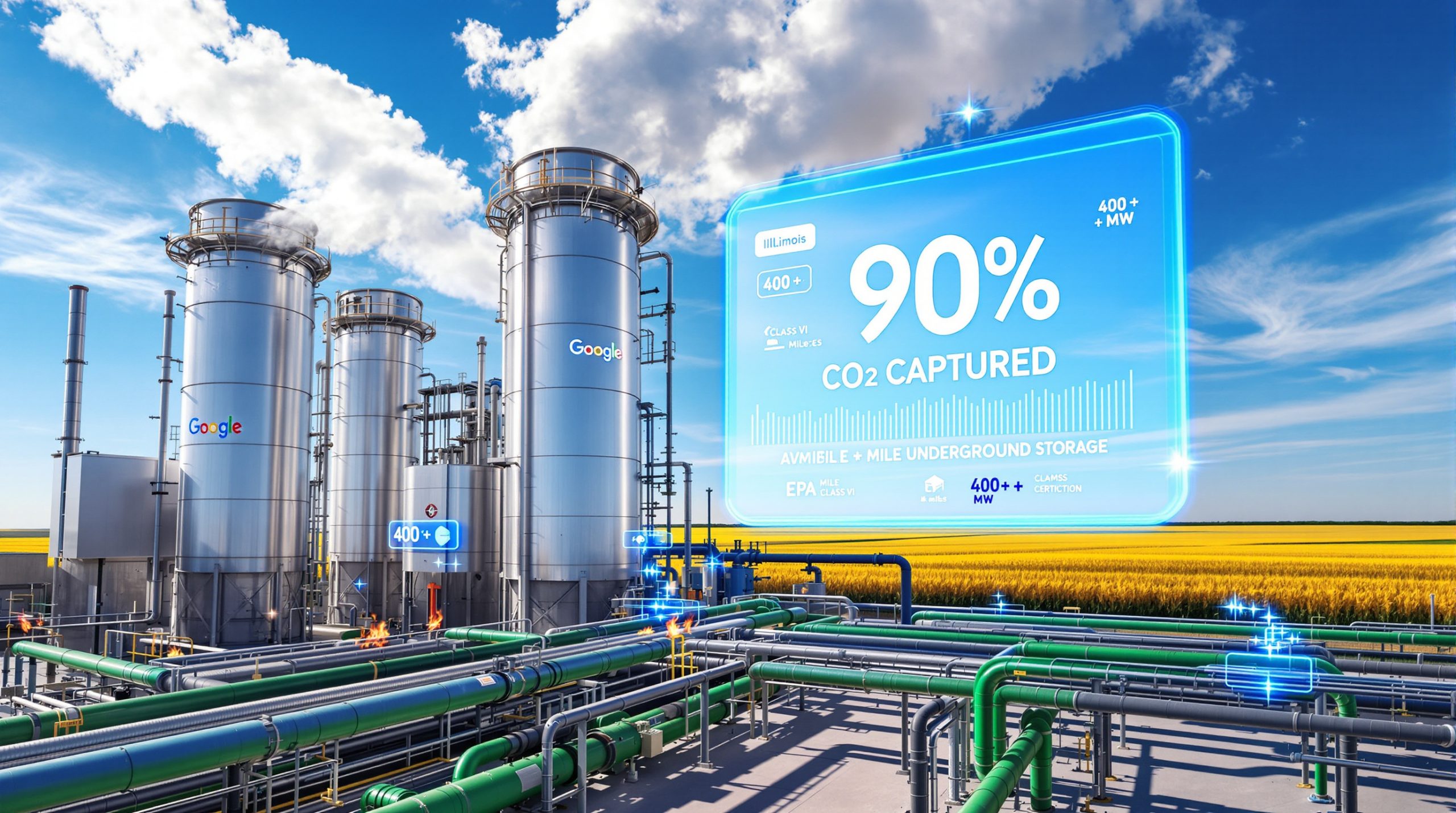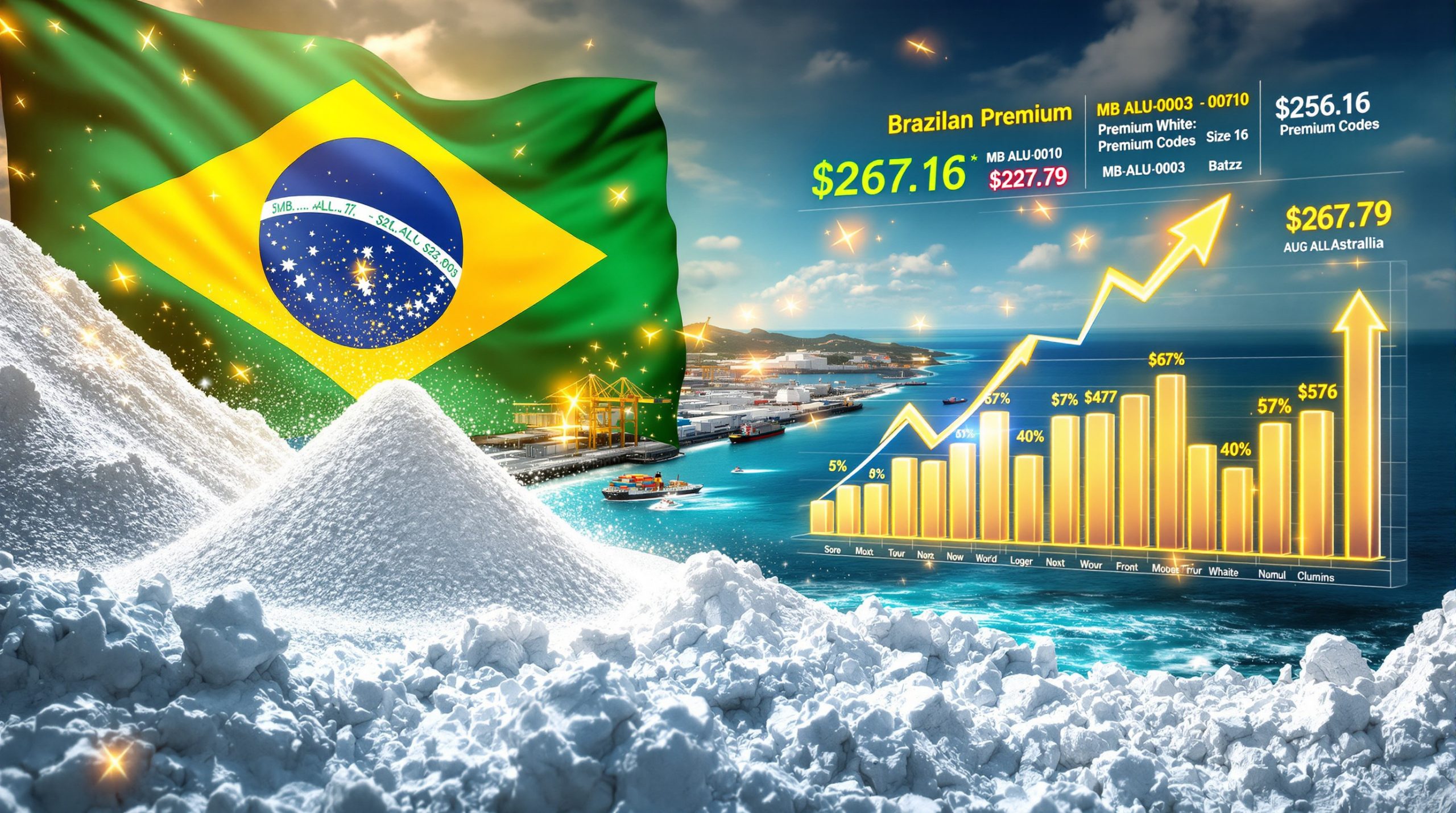Understanding Spodumene Min 6% Li2O Spot Price CIF China
Spodumene concentrate with a minimum 6% lithium oxide (Li2O) content represents a critical raw material in the global lithium supply chain. This mineral serves as the primary feedstock for lithium chemical production, which ultimately powers the electric vehicle revolution and renewable energy storage systems worldwide. Understanding the pricing mechanisms and market dynamics of spodumene is essential for stakeholders throughout the battery metals investment ecosystem.
What Is Spodumene and Why Is It Important?
Spodumene is a pyroxene mineral consisting of lithium aluminum inosilicate (LiAl(SiO3)2). When processed into concentrate form with a minimum 6% Li2O content—the industry standard—it becomes a commercially viable source of lithium. This specification is crucial as it represents the threshold for economic processing into battery-grade lithium chemicals.
The mineral's importance stems from its relatively high lithium content compared to alternative sources like clay or lithium brine mining. Spodumene concentrate typically contains between 6-7.5% Li2O by weight, making it an efficient lithium carrier. Each percentage point of Li2O content significantly impacts commercial value, with premium pricing applied to higher-grade material.
From a technical perspective, spodumene possesses several advantageous properties:
- Consistent chemical composition that enables predictable conversion rates
- Physical stability during transportation and storage
- Adaptability to established chemical processing methods
- Lower processing impurities compared to some alternative lithium sources
In the lithium supply chain, spodumene concentrate occupies a pivotal position between mining operations and chemical conversion facilities. After extraction and beneficiation at the mine site, the concentrate undergoes a multi-stage conversion process to produce lithium chemicals:
- Calcination (heating to approximately 1050°C)
- Acid leaching (typically using sulfuric acid)
- Purification to remove impurities
- Precipitation of lithium carbonate or hydroxide
- Refinement to battery-grade specifications
This conversion process yields lithium chemicals that serve as essential components in lithium-ion battery cathodes. With electric vehicles transformation accelerating globally, the demand for these chemicals—and consequently, spodumene concentrate—continues to grow substantially.
How Is the Spodumene CIF China Price Determined?
The spodumene min 6% Li2O spot price CIF China represents a crucial benchmark for the global lithium market. This price assessment follows rigorous methodologies maintained by price reporting agencies (PRAs) like Fastmarkets to ensure transparency and accuracy.
Price Assessment Methodology
Price determination for spodumene concentrate involves systematic data collection from market participants along the entire supply chain. Assessors collect information through:
- Direct communications with buyers, sellers, and traders
- Submitted transaction data from verified sources
- Bid/offer information from active market participants
- Survey responses from industry stakeholders
This information undergoes extensive verification protocols before inclusion in price assessments. PRAs typically employ cross-verification techniques, comparing data points against multiple sources to identify and exclude outliers or potentially manipulative submissions.
Price updates generally occur on a weekly or bi-weekly basis, reflecting the relatively lower liquidity of physical spodumene transactions compared to more frequently traded commodities. When market conditions warrant, special assessments may be issued to capture significant price movements.
As demonstrated by a Fastmarkets correction notice from May 8, 2025, price reporting agencies maintain strict protocols for correcting assessment errors. In this instance, Fastmarkets revised its rationale for a price decline, attributing it to "weakness in lithium markets and ongoing bearish sentiment" rather than specifically to lithium carbonate prices on the Guangzhou Futures Exchange (GFEX).
Key Pricing Factors
Several fundamental factors influence spodumene concentrate price assessments:
Supply-demand fundamentals provide the foundation for price movements. When production exceeds consumption, as witnessed in early 2025, prices typically face downward pressure. Conversely, supply deficits tend to drive prices higher.
Quality premiums significantly impact pricing, with concentrate exceeding the minimum 6% Li2O content commanding higher valuations. Additional price adjustments may apply based on:
- Iron content (lower is better)
- Moisture levels (affects transportation costs)
- Particle size distribution (impacts processing efficiency)
- Presence of penalty elements like fluorine or phosphorus
Shipping costs form an integral component of CIF (Cost, Insurance, Freight) pricing. The distance between major production centers (primarily Australia) and Chinese ports creates substantial freight costs that must be factored into the final delivered price. Fluctuations in global shipping rates can significantly impact the CIF China price independent of changes in the underlying commodity value.
Price Reporting Standards
To ensure credibility, price reporting agencies adhere to strict standards governed by international protocols. Many PRAs align their methodologies with the International Organization of Securities Commissions (IOSCO) Principles for Financial Benchmarks, which establish guidelines for:
- Governance structures
- Quality and integrity of benchmark determinations
- Methodology quality
- Accountability mechanisms
Transparency forms a cornerstone of credible price assessments. PRAs typically publish detailed methodologies describing their assessment processes, inclusion/exclusion criteria, and specification parameters. When errors occur, as in the May 2025 Fastmarkets correction, agencies issue public notices detailing the error and providing the corrected information to maintain market confidence.
What Drives Spodumene Price Fluctuations?
Spodumene price movements reflect a complex interplay of market sentiment, downstream influences, and supply-side considerations. Understanding these drivers provides essential context for interpreting price trends.
Market Sentiment Factors
In lithium markets, psychological factors often drive price movements ahead of fundamental changes. The May 2025 Fastmarkets correction specifically highlighted "ongoing bearish sentiment" as a key driver behind price declines, demonstrating the importance of market psychology.
Bearish indicators in the lithium market can include:
- Inventory buildups at Chinese ports
- Reduced purchasing activity by converters
- Price reductions for downstream chemicals
- Negative analyst outlooks on EV sales growth
Conversely, bullish sentiment typically emerges from:
- Accelerating electric vehicle adoption
- New battery gigafactory announcements
- Supply disruptions at major mines
- Supportive government policies for electrification
Trader behavior amplifies these sentiment shifts, with buyers often retreating during downturns to await lower prices, while sellers may withhold material during upswings in anticipation of further increases. This psychological dynamic often exacerbates price volatility beyond what fundamentals might suggest.
Forward-looking expectations also significantly influence current pricing. Spodumene contracts typically span multiple shipments over extended periods, requiring buyers and sellers to form price expectations for months ahead. These expectations inevitably shape current negotiations, creating a feedback loop between perceived future conditions and present prices.
Downstream Market Influences
Spodumene prices maintain strong correlations with downstream lithium chemical prices, although the relationship isn't always direct or immediate. Typically, movements in lithium carbonate and hydroxide prices eventually transmit backward through the supply chain to spodumene concentrate.
The relationship with futures markets adds another layer of complexity. Although Fastmarkets' May 2025 correction specifically removed reference to GFEX lithium carbonate futures as a price driver, these exchange-traded instruments increasingly influence physical market sentiment by providing transparent price discovery and forward curves.
Battery manufacturer demand patterns create cyclical effects on spodumene pricing. Procurement typically follows predictable patterns:
- Strategic stocking periods when manufacturers build inventory
- Maintenance consumption during normal production phases
- Destocking events when manufacturers reduce inventory
These cycles generate demand pulses that ripple through the supply chain, affecting spodumene prices with varying time lags depending on market conditions.
Supply-Side Considerations
Production volumes from major mining operations fundamentally shape market balance. Australia dominates global production, with operations concentrated in Western Australia's lithium triangle. Key projects including Greenbushes (Talison Lithium), Mt Marion (Mineral Resources), and Pilgangoora (Pilbara Minerals) collectively account for the majority of global supply.
New project developments continually reshape the supply landscape. The mining industry evolution has witnessed substantial capacity expansion in recent years, with numerous projects advancing from exploration to production. This pipeline of new supply has generated concerns about potential oversupply, contributing to bearish sentiment at various points, including the May 2025 market conditions referenced by Fastmarkets.
Concentrate quality variations across producers create market segmentation beyond the simple 6% Li2O threshold. Premium producers capable of delivering higher-grade concentrate with lower impurities command pricing advantages regardless of overall market conditions, while lower-quality material faces disproportionate pressure during downturns.
How Do Chinese Markets Impact Global Spodumene Prices?
China's dominant position in lithium processing makes it the primary destination for spodumene concentrate, with Chinese demand fundamentally shaping global pricing dynamics.
China's Dominance in the Lithium Value Chain
China's processing capacity for spodumene conversion dwarfs that of other regions. The country hosts approximately 60-70% of global lithium chemical production capacity, creating an inescapable gravitational pull for raw materials. Major Chinese converters including Ganfeng Lithium, Tianqi Lithium, and dozens of smaller processors collectively drive global demand for spodumene concentrate.
This concentration of conversion capacity makes CIF China pricing the natural benchmark for global spodumene markets. While alternative destinations exist in South Korea, Japan, and emerging conversion hubs in Europe and North America, Chinese demand fundamentally shapes global price formation.
Import volumes and purchasing patterns from Chinese buyers create distinct market cycles. Seasonal factors, including the Lunar New Year holiday and summer maintenance periods, generate predictable fluctuations in buying activity. Additionally, governmental influence on state-owned enterprises can create coordinated purchasing behaviors that magnify price movements.
"China's strategic approach to critical minerals procurement creates market-moving effects beyond what purely commercial decisions would generate. When multiple large Chinese buyers simultaneously increase or decrease purchasing activity, global prices respond dramatically." — Industry Analyst, 2025
Strategic stockpiling behaviors further amplify China's market influence. Both governmental and commercial entities maintain strategic reserves of lithium materials, with procurement for these reserves often occurring counter-cyclically to market conditions. When prices decline significantly, strategic buying may increase, providing price support; conversely, strategic selling during price spikes can moderate upward movements.
Regulatory Influences
Environmental policies significantly impact Chinese processing operations. Periodic enforcement campaigns targeting air quality, water usage, or energy consumption can temporarily reduce conversion capacity, affecting spodumene demand. These regulatory interventions often follow seasonal patterns, with stricter enforcement during winter months in northern regions.
Import regulations and tariffs serve as policy levers influencing the lithium supply chain. Changes to import duties, inspection requirements, or customs procedures can create immediate effects on spodumene prices as buyers adjust to new regulatory realities.
China's governmental strategic initiatives for critical minerals increasingly shape market dynamics. The designation of lithium as a strategic resource brings heightened oversight and potential intervention in market operations. Policy signals regarding stockpiling, domestic production targets, or supply chain security can generate substantial shifts in buyer behavior.
Regional Price Differentials
Significant price differentials exist between China and non-China markets, creating complex dynamics for global producers. While the spodumene min 6% Li2O spot price CIF China serves as the primary benchmark, alternative markets may offer premiums under certain conditions.
These differentials create arbitrage opportunities between markets when sufficiently large. During periods of tight supply, Japanese and Korean buyers have historically paid premiums to secure material, while during oversupply, these differentials often narrow as sellers prioritize volume over regional optimization.
Transportation costs significantly impact regional pricing. Shipping rates between Western Australia and various Asian destinations create natural price differentials independent of local market conditions. When shipping capacity becomes constrained, as occurred during recent global logistics disruptions, these differentials can widen substantially.
What Are Current Price Trends for Spodumene?
The spodumene market has experienced significant price volatility in recent years, with the May 2025 correction notice from Fastmarkets highlighting continuing bearish conditions at that time.
Recent Price Movements
Short-term fluctuations in early 2025 revealed ongoing downward pressure. As noted in Fastmarkets' May 8, 2025 correction, "Spodumene prices declined this session, due to weakness in lithium markets and ongoing bearish sentiment." This decline represented a continuation of weakness rather than a new market direction.
Compared to historical price levels, 2025 prices had fallen substantially from the extraordinary peaks reached in 2022, when spodumene concentrate briefly exceeded $5,000 per tonne on a CIF China basis. This historical context helps frame current market conditions as a normalization rather than simply a decline.
Correlation with lithium carbonate and hydroxide prices remained strong through 2025, though with important nuances. Typically, spodumene price movements lag behind lithium chemical price changes by 1-3 months due to contracting structures and processing timelines. This relationship became more complex with the introduction of lithium futures like those on GFEX, which provided more immediate price signals.
Market Analysis of Price Declines
The underlying causes of downward pressure in 2025 included:
- Expanded production from established Australian lithium innovations
- New supply from projects in Africa and South America
- Slower-than-expected electric vehicle sales growth in key markets
- Inventory accumulation throughout the supply chain
This created classic oversupply conditions, where production capacity exceeded current consumption needs, leading to price adjustments.
The relationship between spot and contract pricing created additional market complexity. While spot prices declined more rapidly, existing contract structures partially insulated producers from the full impact of market weakness. This contract protection varies significantly between producers, with some maintaining fixed-price arrangements while others use floating price mechanisms tied to published benchmarks with various time lags.
Price Forecasting Indicators
Leading market signals that typically precede spodumene price movements include:
- Electric vehicle sales trends in major markets
- Battery manufacturing capacity utilization rates
- Lithium chemical inventory levels at Chinese ports
- Converter operating rates in China
In contrast, lagging indicators that confirm existing trends include:
- Published spodumene transaction prices
- Mine expansion or curtailment announcements
- Changes to contract pricing mechanisms
- Adjusted production guidance from major producers
Technical analysis of price patterns shows that spodumene markets often exhibit extended trends followed by rapid reversals, making momentum-based strategies potentially hazardous during transition periods.
How Do Spodumene Prices Affect the Battery Supply Chain?
Spodumene pricing creates ripple effects throughout the lithium-ion battery supply chain, influencing everything from chemical production economics to electric vehicle affordability.
Cost Impact on Lithium Chemicals
Spodumene concentrate typically represents 60-70% of the production cost for lithium chemicals derived from hard-rock sources. This significant cost component means that price fluctuations directly impact converter profitability.
The price transmission mechanism from spodumene to chemicals involves:
- Raw material cost changes (spodumene)
- Processing cost adjustments (energy, reagents, labor)
- Market-based pricing for finished chemicals
- Contract repricing at predetermined intervals
This creates a complex but inevitable relationship between upstream raw material costs and downstream chemical prices.
Profit margins for converters expand and contract based on the relationship between spodumene and chemical prices. During periods when chemical prices decline faster than spodumene costs, converter margins compress, occasionally becoming negative. Conversely, when chemical prices rise ahead of raw material costs, converters can experience windfall profits.
Electric Vehicle Production Implications
Battery costs represent approximately 30-40% of electric vehicle manufacturing expenses, making lithium price movements meaningful to overall production economics. While cathode active materials (CAM) contain multiple metals beyond lithium, including nickel, cobalt, and manganese, lithium costs remain significant.
OEM strategies for managing price volatility have evolved to include:
- Vertical integration through mine investments or partnerships
- Long-term supply agreements with price floors and ceilings
- Geographic diversification of lithium sourcing
- Research into alternative battery chemistries
Long-term supply agreement structures increasingly incorporate sophisticated pricing mechanisms. Rather than simple fixed prices, modern contracts often include:
- Hybrid pricing with fixed and floating components
- Collars establishing minimum and maximum prices
- Reference to published benchmark indices with adjustment factors
- Volume flexibility to accommodate market conditions
Energy Storage System Economics
Cost sensitivities for grid-scale applications differ from electric vehicles, with energy storage systems (ESS) typically more price-sensitive due to thinner margins and competition with alternative technologies.
Price thresholds for project viability vary by application, but generally:
- Residential storage: Can absorb higher lithium costs due to higher per-kWh pricing
- Commercial/industrial: Moderate sensitivity to raw material costs
- Utility-scale: Highly sensitive to lithium pricing due to competitive bidding
Alternative technology competition creates substitution risks if lithium prices rise too dramatically. While lithium-ion chemistries currently dominate grid storage installations, alternatives including flow batteries, sodium-ion, and mechanical storage solutions become increasingly competitive when lithium prices exceed certain thresholds.
How Do Traders Use Spodumene Price Information?
Market participants leverage spodumene price data for trading strategies, risk management, and strategic planning throughout the lithium supply chain.
Trading Strategies
Spot market approaches differ substantially from long-term contracting strategies. Spot traders typically focus on:
- Exploiting short-term regional price differentials
- Capitalizing on temporary supply/demand imbalances
- Providing liquidity during market transitions
- Bridging timing gaps between producers and consumers
In contrast, long-term contract approaches emphasize:
Ready to Catch the Next Big Mineral Discovery?
Gain an immediate edge in ASX mineral investments by receiving real-time alerts on significant discoveries, powered by Discovery Alert's proprietary Discovery IQ model. Explore why major mineral discoveries can lead to exceptional returns by visiting Discovery Alert's dedicated discoveries page, and start your 30-day free trial today.




